Joseph Beuys – Discover the Prominent Fluxus Artist
Joseph Beuys was a German artist whose impact on contemporary art is profound and enduring. Born in 1921, Beuys is renowned for his innovative use of materials and his exploration of social and political themes through his artwork. His work often combined sculpture, performance, and installation, blurring the lines between art and life. Beuys was a prominent figure in the Fluxus movement and later became associated with the concept of “social sculpture,” viewing art as a catalyst for societal change. His provocative and challenging pieces continue to influence artists and thinkers worldwide, making him a pivotal figure in 20th-century art history.
Contents
Key Takeaways
- Joseph Beuys’ practice was characterized by its interdisciplinary nature and innovative use of materials.
- His work transcended the visual, incorporating elements of performance, teaching, and social activism.
- Beuys left a profound legacy, blending art with political engagement and influencing subsequent generations of artists.
Early Life and Influences
| Birth | May 12, 1921 |
| Death | January 23, 1986 |
| Place of Birth | Krefeld, Germany |
| Genre of Work | Conceptual art, Fluxus, and Performance art |
Joseph Beuys was a pivotal figure in late 20th century art, merging the role of artist, teacher, and activist into a unique practice deeply rooted in social concerns and philosophy. Born in Krefeld, Germany, on May 12, 1921, Beuys displayed a transformative approach to art that incorporated unconventional materials and actions. His work, which spanned from sculpting and installation to performance and theoretical discourse, often made use of materials such as felt and animal fat, which became signatures of his expansive oeuvre and were laden with personal symbolism and broader metaphysical meanings.
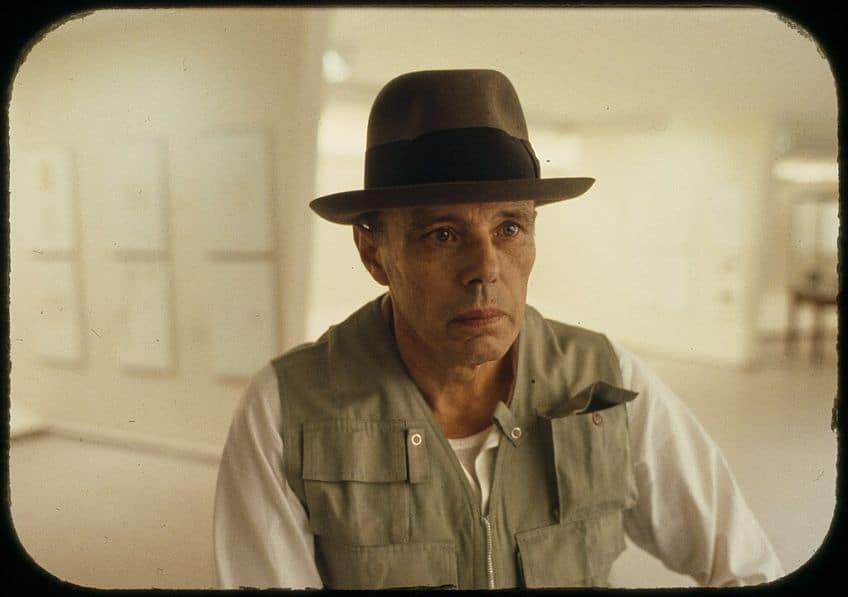
Throughout his career, Beuys constantly pushed the boundaries of what could be considered art, challenging the status quo and the role of the artist in society. A proponent of humanism and an advocate of environmental issues and social reform, Beuys’ contributions went beyond the traditional confines of galleries and museums. He co-founded the Green Party in Germany and participated in various political activities, reinforcing his belief in the potential for art to bring about change.
His persistent exploration of the relationship between society, art, and healing has left an indelible mark on contemporary art.
World War II Service
Beuys served in the Luftwaffe, the aerial warfare branch of the German military, during World War II. His experience of the war, particularly the plane crash he survived in 1943, profoundly influenced his later work in art. The incident became part of his personal mythology, often cited in his use of materials like fat and felt as symbols of protection and healing.

Academic Background and Teaching
Following his military service, Beuys moved to Kleve, where he began exploring artistic processes. His academic journey in art started at the Kunstakademie Düsseldorf, where he studied sculpture. Beuys progressed to become a significant educator and theorist, taking on the role of a teacher at the same academy.
There, he fostered a generation of artists, encouraging them to consider art’s potential to foster societal change, a hallmark of his philosophy.
Artistic Practice and Philosophy
Joseph Beuys’s art seamlessly intertwined his philosophical ideas with a broad spectrum of mediums, ranging from traditional artworks to unconventional materials and actions. His innovative approach fostered a dynamic relationship between art and society.

Performance Art
Beuys was a central figure in the Performance Art movement, often incorporating elements of ritual and nature into his actions. His performances were not merely aesthetic spectacles but also vehicles for social commentary and philosophical discourse.
One iconic performance piece, I Like America and America Likes Me, involved Beuys cohabitating with a coyote in a gallery space, symbolizing the synthesis and clash of different worlds.
Fat and Felt Works
In Beuys’s sculpture, unconventional materials such as fat and felt are recurrent themes. These materials were chosen for their profound metaphoric value—their insulating and preserving properties reflecting themes of warmth, healing, and transformation. These works are a testament to his explorations beyond the formal limits of sculpture and into the realm of complex meanings and associations.
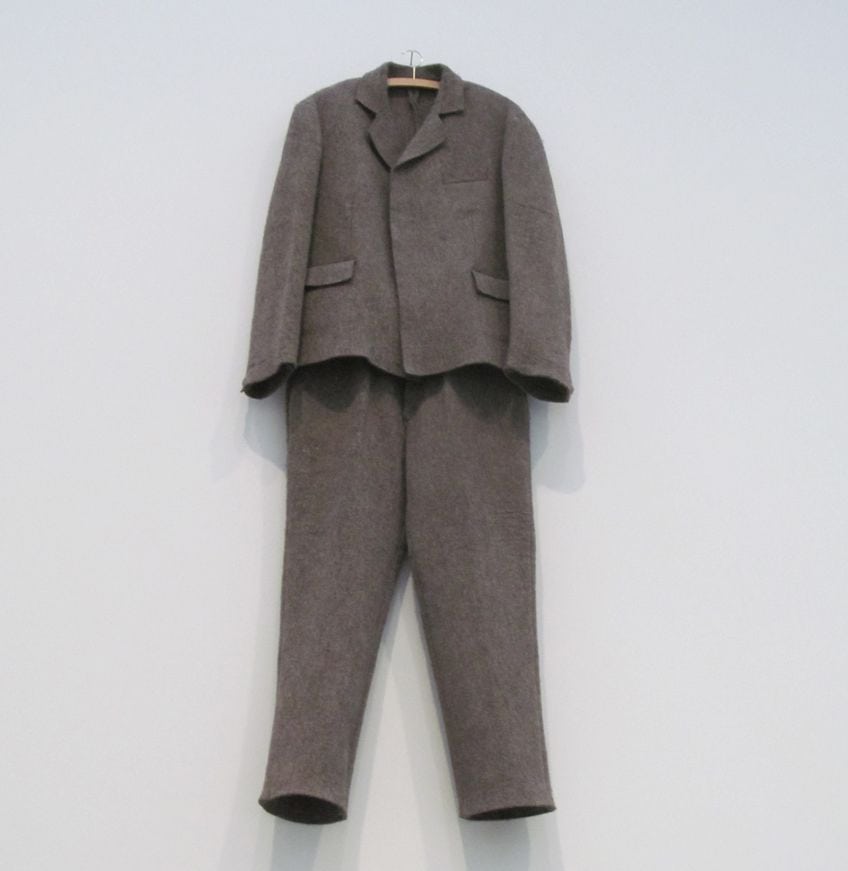
Social Sculpture Concept
Beuys expanded the definition of art and sculpture to include life itself through his concept of Social Sculpture. He envisioned a world where every human activity could be approached creatively as an artist does their art, such that society itself would become a collective work of art.
This revolutionary idea was tied to Beuys’s involvement with the Fluxus movement and informed his belief in the transformational power of art on individuals and, by extension, on the entire societal fabric.
Political Engagement and Advocacy
Joseph Beuys extended his art into the realms of political engagement and environmental advocacy, distinguishing himself with initiatives that had lasting impacts on society and politics in Germany.
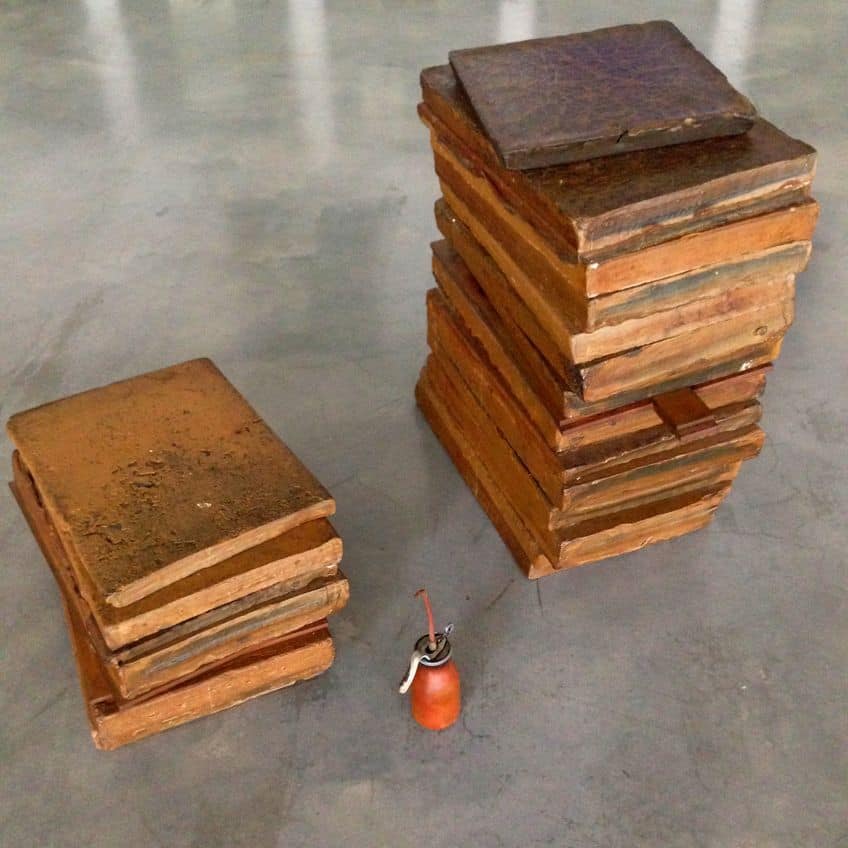
Environmental Initiatives
Beuys founded the Organization for Direct Democracy through Referendum as his engagement with German politics evolved. In his capacity as an artist and activist, he was instrumental in the ecological movement, eventually co-founding the German Green Party, which emphasized environmental concerns on the political stage. His commitment to environmental issues was exemplified by the large-scale project 7000 Oaks, started in 1982, which combined ecological, social, and artistic elements.
The initiative’s primary aim was to address urban environmental degradation by planting 7,000 oak trees across the city of Kassel, each paired with a basalt stone.
Political Participation
Beuys’s active role in politics extended further when he became a founding member of the Free International University for Creativity and Interdisciplinary Research (FIU). The FIU fostered an educational model that blurred the boundaries between disciplines and was seen as part of Beuys’s mission to revolutionize the societal role of art by integrating it into daily life and political discourse. His involvement with the Green Party not only emphasized environmental issues but also advocated for broad societal reform in Germany, challenging established systems of power.
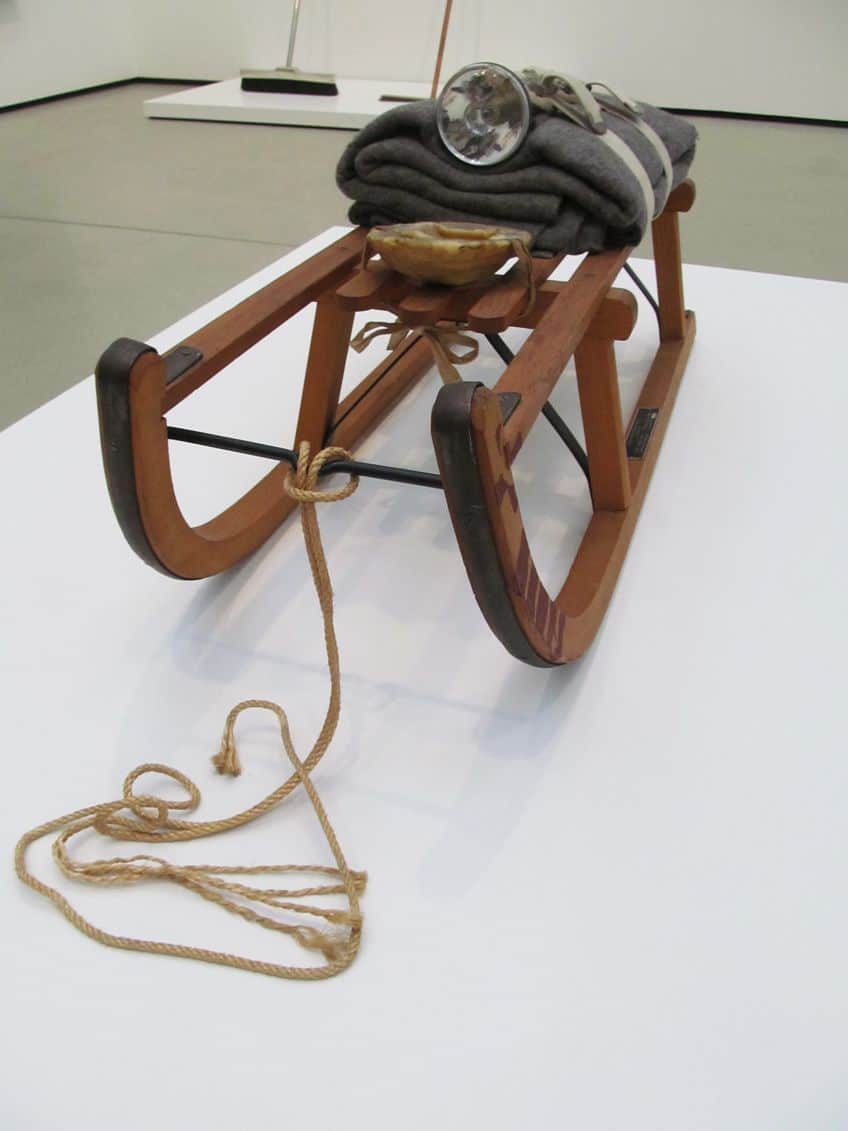
Legacy and Influence
Not only was Beuys one of the most impactful artists of his day, his legacy is enduring today. Joseph Beuys’s pioneering work transcends traditional boundaries of art, marking him as a significant figure in both the historical and contemporary art world.
His influence stretches from the students he mentored to the broad impact on modern art and the continued relevance of his ideas today.
Students and Colleagues
- Anselm Kiefer: One of Beuys’s most renowned students, Kiefer’s thematic work in painting and sculpture bears the intensity and engagement with German history that reflect Beuys’s influence.
- Blinky Palermo: Influenced by Beuys, Palermo’s work in installation art echoes the non-traditional materials and forms that were signature to Beuys’s own practice.
- Nam June Paik: A colleague and fellow artist, Paik’s experimentation in performance and media art resonates with Beuys’s own disruptive and innovative approach.
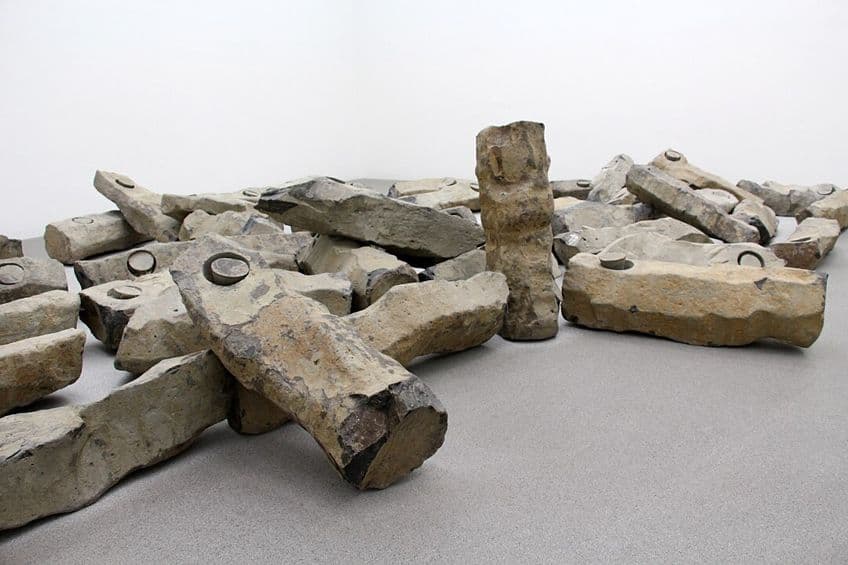
Impact on Modern Art
Beuys’s approach to combining various mediums, from sculptures and performance art to installation, asserted art’s power to enact social change. His use of felt and fat in his work, materials he claimed saved his life as a soldier in World War II, became unconventional tools in critiquing and challenging the status quo of the art world.
In this way, he truly was a revolutionary.
- Innovations in sculpture: Beuys shifted the perception of German sculptor from traditional craftsmanship to a more conceptual and interactive role.
- Embracing performance art: He was instrumental in advancing performance art, emphasizing the connection between the artist and the audience.
- Installation artistry: His large-scale installations often featured raw materials and were politically charged, sparking both acclaim and controversy.
Influence of Joseph Beuys Today
Beuys’s assertion that ‘everyone is an artist’ laid the groundwork for participatory art and the belief that creativity is a democratic and universal trait. Modern art movements continue to draw on his strategies for linking art with life, resonating with a broad audience beyond the confines of galleries and museums.
- Environment and activism: Contemporary artists reflect Beuys’s integration of environmental and social activism into their works.
- Continuing the discourse: The questions Beuys posed about society, nature, and democracy remain central themes in today’s artistic practices.
- Legacy in teaching: His pedagogical influence persists, cultivating a generation of artists who challenge traditional forms and pursue art as a vehicle for change.
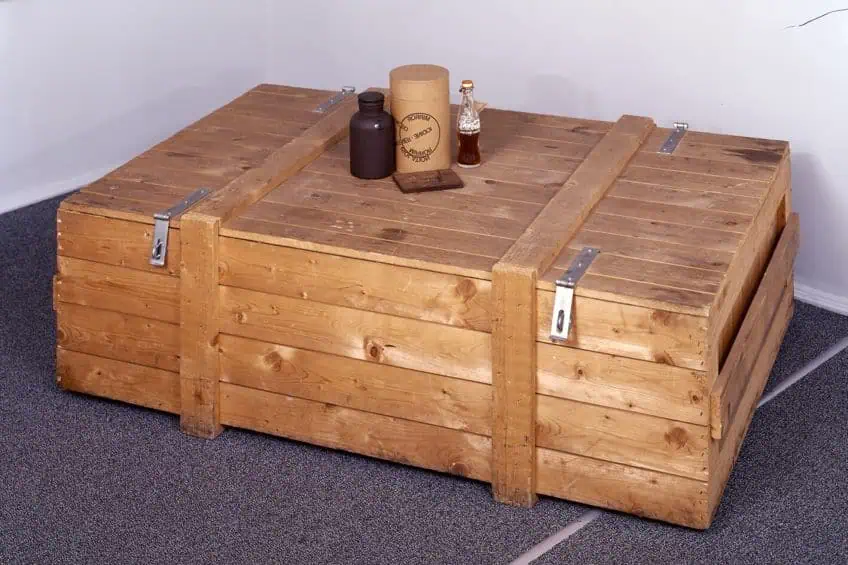
Joseph Beuys’s legacy in the art world is one of immense creativity, innovation, and social consciousness. His exploration of unconventional materials and his commitment to using art as a platform for addressing pressing social issues have left an indelible mark on contemporary art. Beuys’s concept of “social sculpture” continues to inspire artists to engage with their communities and provoke critical dialogue through their work. As we reflect on Beuys’s contributions, we recognize not only his artistic brilliance but also his enduring influence in shaping how we perceive and interact with art as a transformative force in society.
Frequently Asked Questions
What Are the Distinguishing Features of Joseph Beuys’ Work?
Joseph Beuys’ work is renowned for integrating unconventional materials and activities. His approach to art often included organic materials like fat and felt, emphasizing transformation and healing. Additionally, he framed his practice within social commentary, posing questions about the role of art and artists in society.
In Which Art Movement Is Joseph Beuys Often Categorized?
Joseph Beuys is commonly associated with the Fluxus movement and Conceptual art. These movements were known for challenging traditional art boundaries, advocating for a strong interrelation between art and life, and promoting artistic experimentation.
Can You Describe the Significance of the Coyote in Joseph Beuys’ Performances?
The coyote in Beuys’ performances, especially notable in I Like America and America Likes Me, symbolizes the untamed spirit and cultural healing. He used the interaction with the live coyote as a metaphor to address the social and historical wounds, fostering dialogue about reconciliation.
Jordan Anthony is a Cape Town-based film photographer, curator, and arts writer. She holds a Bachelor of Art in Fine Arts from the University of the Witwatersrand, Johannesburg, where she explored themes like healing, identity, dreams, and intuitive creation in her Contemporary art practice. Jordan has collaborated with various local art institutions, including the KZNSA Gallery in Durban, the Turbine Art Fair, and the Wits Art Museum. Her photography focuses on abstract color manipulations, portraiture, candid shots, and urban landscapes. She’s intrigued by philosophy, memory, and esotericism, drawing inspiration from Surrealism, Fluxus, and ancient civilizations, as well as childhood influences and found objects. Jordan is working for artfilemagazine since 2022 and writes blog posts about art history and photography.
Learn more about Jordan Anthony and about us.
Cite this Article
Jordan, Anthony, “Joseph Beuys – Discover the Prominent Fluxus Artist.” artfilemagazine – Your Online Art Source. April 15, 2024. URL: https://artfilemagazine.com/joseph-beuys/
Anthony, J. (2024, 15 April). Joseph Beuys – Discover the Prominent Fluxus Artist. artfilemagazine – Your Online Art Source. https://artfilemagazine.com/joseph-beuys/
Anthony, Jordan. “Joseph Beuys – Discover the Prominent Fluxus Artist.” artfilemagazine – Your Online Art Source, April 15, 2024. https://artfilemagazine.com/joseph-beuys/.


